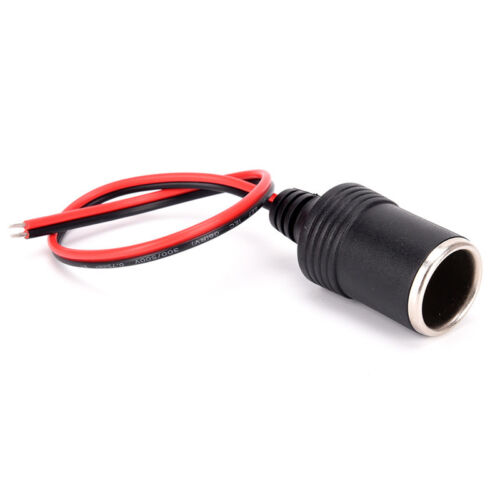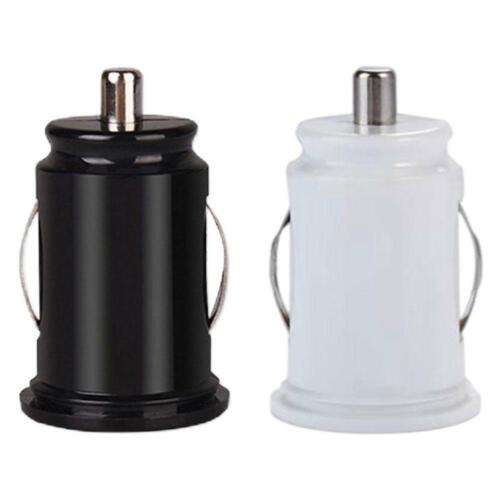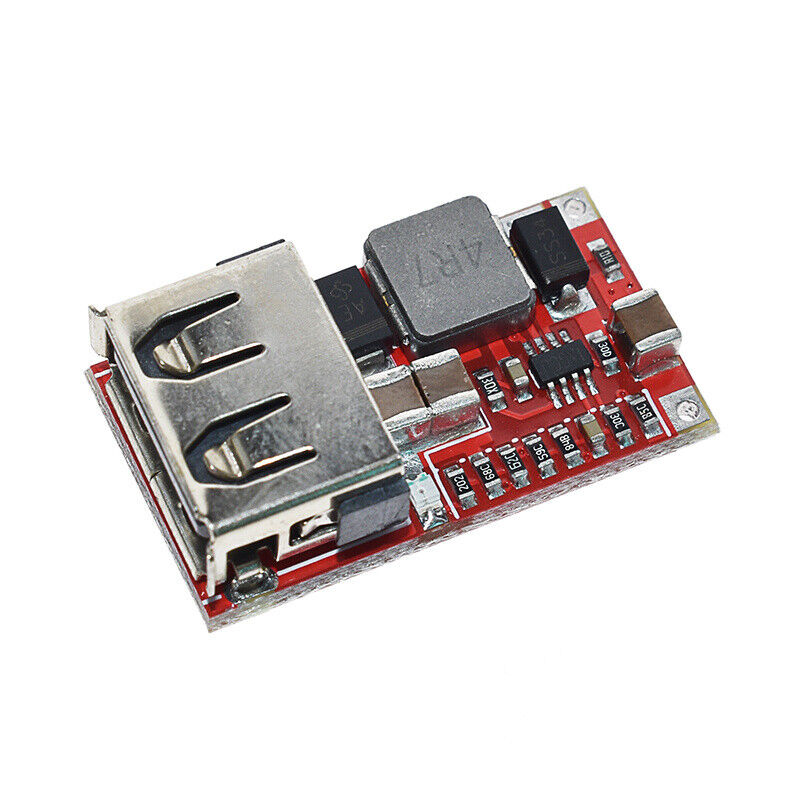ncbill
Thinks s/he gets paid by the post
I recently bought two of these used LFP industrial batteries. They are 24V 6p8s assemblies of Headway 38120 cells. There's no BMS.
The 6p8s configuration means 6 cells are parallel together in a group, then 8 groups are connected in series. One cell is capable of 200A continuous, so the assembly can do 1200A. At 24V, that's 28.8 kW (but for only 2.4 minutes). Crazy power!
The total capacity is only 1.23 kWh though, so this design was meant for short duration/high power applications.


I bought one, tore it apart to inspect and measure each of the 48 cells individually, then reassembled the battery. The 1st one I bought was nearly spanking new, so why was it made surplus? In opening it up, I thought I found the reason. One of the balancing wires had a loose internal connection, so perhaps that's why the battery was taken out of service
I liked it so much, I bought a 2nd one. This one came a bit dusty, so apparently saw some use.
These Headway cells have the spec of 8Ah each. With the 1st battery, I measured from 8.20Ah to 8.76Ah, with the average being 8.51Ah. This battery was nearly unused, as I thought.
With the 2nd battery, I measured the cells from 7.70Ah to 8.16Ah, and the average was 7.99Ah. Still not bad.
I had an application for these batteries in my home solar system along with more inverters and panels I already have, but still have to work out the details of installation.
Price?
~$10k will get you over 30 kWh of 48VDC LFP batteries in a server rack:
Or even cheaper, but with more assembly required:




